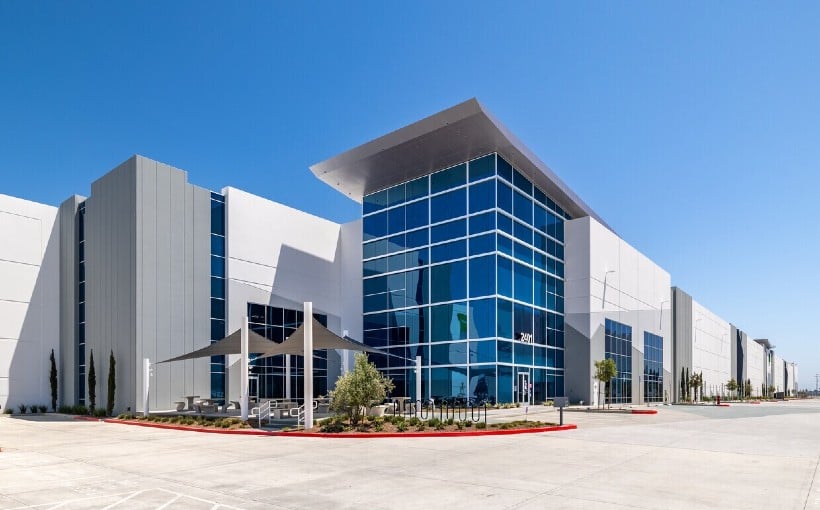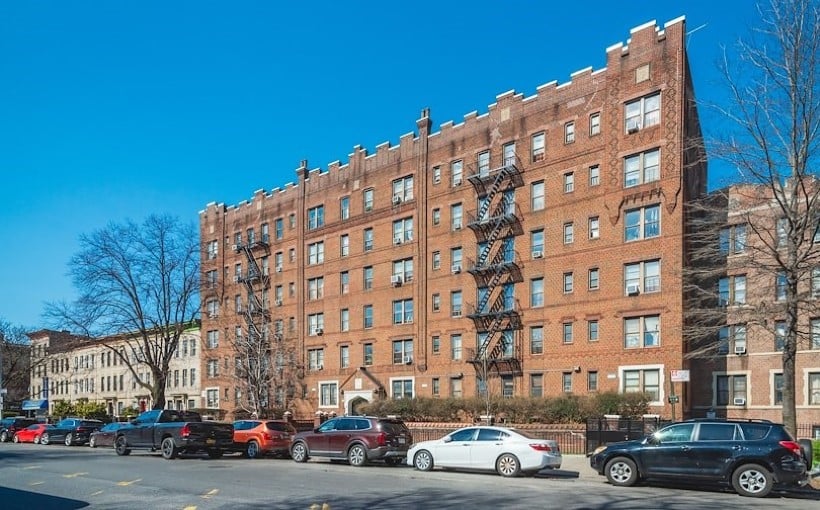In a recent video by Marcus & Millichap titled “The Changing Landscape of Real Estate,” Senior Vice President John Chang shared his predictions for the future of commercial real estate construction. He believes that there will be a significant decline in construction starting in 2025, which is in stark contrast to the recent boom in industrial and apartment building projects.
While Chang acknowledges that this could simply be part of the natural real estate cycle, he also points out several factors that may contribute to this downturn. One major factor is the retirement of baby boomers, who have been a crucial part of the construction industry for many years. With more and more baby boomers leaving their jobs due to age or other reasons, there will be a shortage of experienced workers available to fill their roles.
At the same time, fewer young people are entering into careers in construction compared to previous generations. In fact, statistics show that an increasing number are choosing college over trade schools or apprenticeships. This means it will take time for new talent to develop and fill these vacant positions left by retiring workers.
Another potential issue is immigration policies under new administrations which could limit both legal and illegal immigration into the United States. The construction industry has relied heavily on foreign-born laborers (approximately 34%), so any decrease in immigration could lead to shortages within skilled trades such as plastering or roofing.
Furthermore, capital costs continue to rise with high interest rates on loans making it difficult for developers looking for funding options above 8%. Additionally,the cost of materials such as lumber from Canada has increased due tariffs imposed during Trump’s first term; if further tariffs are implemented during his second term then prices may increase even further affecting steel,copper,and cement imports too.Finally,it seems investors who already own existing assets stand benefit most from these changing trends since they can restrict supply leading higher occupancy rates,increase rents,and boost property values overall.However,this shift won’t happen overnight and will take time to fully impact the industry.




